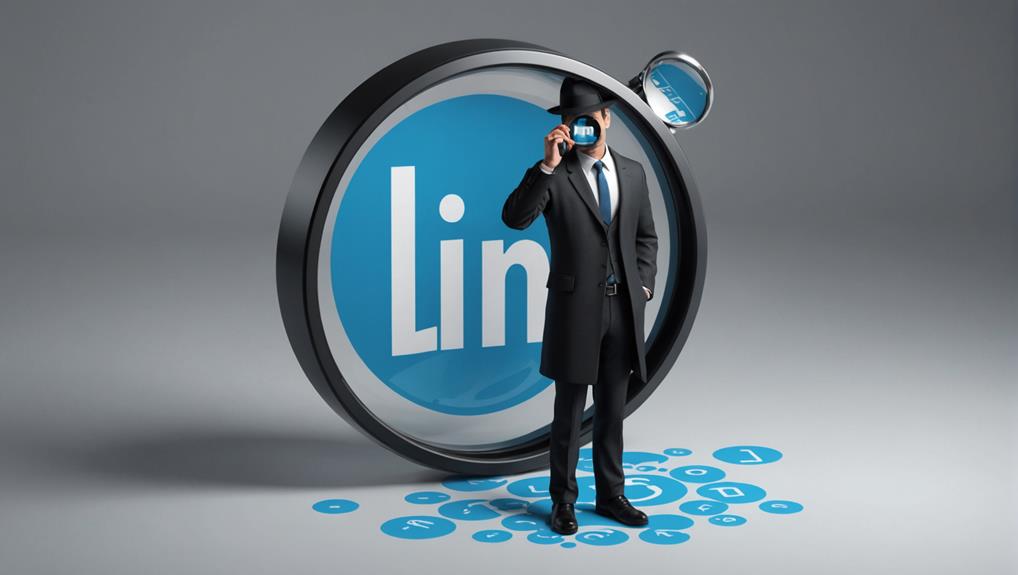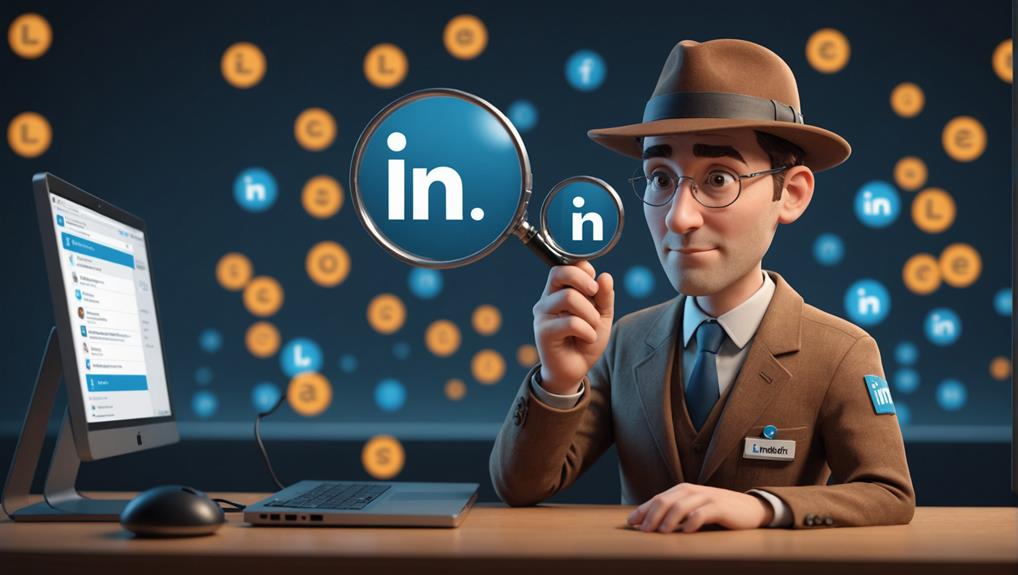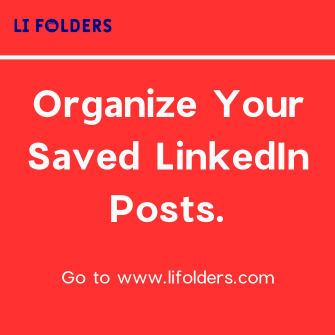
LinkedIn's Private Mode allows you to browse profiles anonymously, hiding your identity from the profiles you visit. You can activate it in your settings under 'How others see your LinkedIn activity', allowing you to explore opportunities discreetly. However, it's important to know that LinkedIn still collects data on your browsing habits and interactions to enhance site functionality, even in Private Mode. While this mode offers increased discretion, actions like liking or commenting will reveal your identity, and it doesn't conceal your activity on job postings. Hence, while you gain anonymity, complete privacy isn't guaranteed. There's more to consider for optimal use of LinkedIn's privacy features.
Understanding LinkedIn Private Mode

LinkedIn's Private Mode allows you to browse profiles anonymously, ensuring others can't see who viewed their information. This feature might sound like a small perk, but it's crucial for maintaining a sense of privacy in a world that's increasingly interconnected. You're not alone in wanting to keep some of your activities private; it's a common desire among professionals who use LinkedIn to explore opportunities without broadcasting their curiosity.
When you're scouting potential job opportunities or just keeping tabs on industry trends, it's comforting to know you can do so without leaving a digital footprint that everyone can see. Imagine you're looking at profiles of leaders in your dream company or checking out potential clients. You might not be ready to make a connection, but you're curious. That's perfectly normal. Private Mode empowers you to take your time, explore, and connect on your terms without feeling like you're under the spotlight.
It's about feeling part of a community while also maintaining your individual boundaries. Isn't it reassuring to have that space where you can move freely, knowing you're still part of the larger network but with the control firmly in your hands?
How Private Mode Functions
Now, let's explore exactly how Private Mode operates on LinkedIn. When you switch on Private Mode, you're essentially cloaking your identity. This means that whenever you browse through someone's profile, you're invisible to them. They won't know it was you who viewed their details, giving you the freedom to explore without leaving a digital footprint behind.
You might be wondering, "How do I activate this feature?" It's simple. Just head to your settings, look for the 'How others see your LinkedIn activity' section, and turn Private Mode on. Remember, this won't affect your ability to see others' profiles openly; it just keeps your visits secret.
Think of it as moving through a room full of your peers unseen—observing, connecting, and understanding more about the people in your network without making your presence known. It's an excellent way for you to keep up with potential job opportunities or industry trends without any pressure.
Using Private Mode can feel like you're part of a secret club, where you have access to information that helps you belong and stay ahead, all while maintaining your privacy. It's like having an invisible cloak that empowers you to navigate the professional world on your own terms.
Data Collection in Private Mode

Even in Private Mode, LinkedIn still collects data on your browsing habits and interactions. You might feel like you're flying under the radar, but remember, you're still part of a community that thrives on connectivity and sharing information. Every click, every scroll, and every profile visit – it's all noted, albeit anonymously.
You see, LinkedIn uses this data to understand user behavior and to enhance site functionality, ensuring a more tailored and engaging experience for everyone in the community. It's like being at a networking event where the host notices which topics interest you, so they can introduce you to the right people.
Don't worry though; the specifics of your activity aren't tied directly to your profile when you're in Private Mode. Instead, LinkedIn aggregates everyone's data to spot trends and improve features. This means you're contributing to the collective experience, helping LinkedIn mold itself into a better platform for you and your peers.
Comparing LinkedIn Privacy Settings
You'll find that comparing the various privacy settings on LinkedIn reveals significant differences in how your information is handled and displayed to others. As you explore the platform, it's important to feel a sense of control and community. Adjusting these settings can help you balance your professional visibility with personal privacy.
Starting with the basics, you've got the option to manage who sees your connections. It's a great way to keep some aspects of your network private while still engaging with the broader community. You can also choose whether your profile is visible to search engines outside of LinkedIn, which impacts how you're discovered by potential connections or employers.
Then there's the profile viewing options which range from fully anonymous to showing your full name and headline. This feature allows you to browse profiles without leaving a digital footprint, or to let others know you've taken an interest, fostering a more connected and interactive atmosphere.
Lastly, consider your activity broadcasts. You can decide if you want LinkedIn to notify your network about profile changes, new connections, or other activities. This setting is key to managing your professional narrative and how you're perceived within the community. Choose wisely to maintain the image you want to project.
Limitations of Private Mode

While LinkedIn's Private Mode offers increased discretion, it's important to understand its limitations and the situations where your information might still be visible. Even though you're browsing privately, when you like or comment on posts, your name and headline pop up. It's as if you're stepping out of the shadows for a moment to join the conversation. That's a good thing, right? It means you're still part of the community, interacting and engaging, not just lurking in the background.
Moreover, when you're in private mode, you can't see who's viewed your profile either, cutting off a potential way to connect. It's like going to a networking event with a mask on; sure, you're present, but you're missing out on opportunities to make meaningful connections. You're there, but not fully.
Also, remember, this mode doesn't hide your activity on job postings. If you apply for a job, the employer will know. It's a reminder that while you seek to maintain your privacy, you're still visible when it counts—when there's a chance to advance your career. So, use private mode wisely, knowing when to step into the light.
Enhancing Your LinkedIn Privacy
To enhance your LinkedIn privacy, adjust your profile settings to limit who can view your activities and personal information. This way, you're not just a face in the crowd; you're securing a safe space within your professional community. Remember, you're part of a network that values trust and discretion.
Firstly, consider making your connections list private. This prevents others from browsing through your contacts, ensuring that your professional relationships remain yours alone. It's like keeping your friends close, but your connections closer, fostering a more intimate networking environment.
Next, review who can see your posts and updates. By setting these to be visible only to your connections, you control your narrative and share updates only with those you trust. It's about creating a trusted circle, where engagement feels safe and personal.
Lastly, don't forget to manage your activity broadcasts. Turning off notifications for when you update your profile, make recommendations, or follow companies keeps your movements discreet. You're still active, but on your own terms.
User Experiences With Private Mode

Let's explore how LinkedIn's Private Mode works in practice, based on user experiences. You might find it comforting to know that many users feel a greater sense of security and autonomy when browsing in Private Mode. It's like being part of a silent community where you can freely explore opportunities without leaving digital footprints on every profile you visit.
However, while you're invisible to others, don't forget that this feature also means you won't see who's viewed your profile. This could make you feel a bit disconnected, as you're missing out on potential networking signals. It's a trade-off—privacy for visibility.
Many have shared that using Private Mode gives them the freedom to update their skills, search for jobs, or check out potential clients without the anxiety of being watched. It's like having a mask at a networking event; you can walk around unnoticed, which can be incredibly liberating.
Yet, remember, if you're looking to build connections, staying in Private Mode might not serve you well in the long run. We're all here to connect, learn, and grow together. Finding the right balance between privacy and visibility is key to making the most of LinkedIn.
Conclusion
You've explored LinkedIn's Private Mode, but remember, it's not foolproof. While it hides your identity during profile views, LinkedIn still collects data. To boost your privacy, tweak your settings and be mindful of what you share. User experiences suggest that while Private Mode adds a layer of anonymity, it's best used alongside other privacy practices. Stay informed and proactive to truly protect your online presence on LinkedIn.






